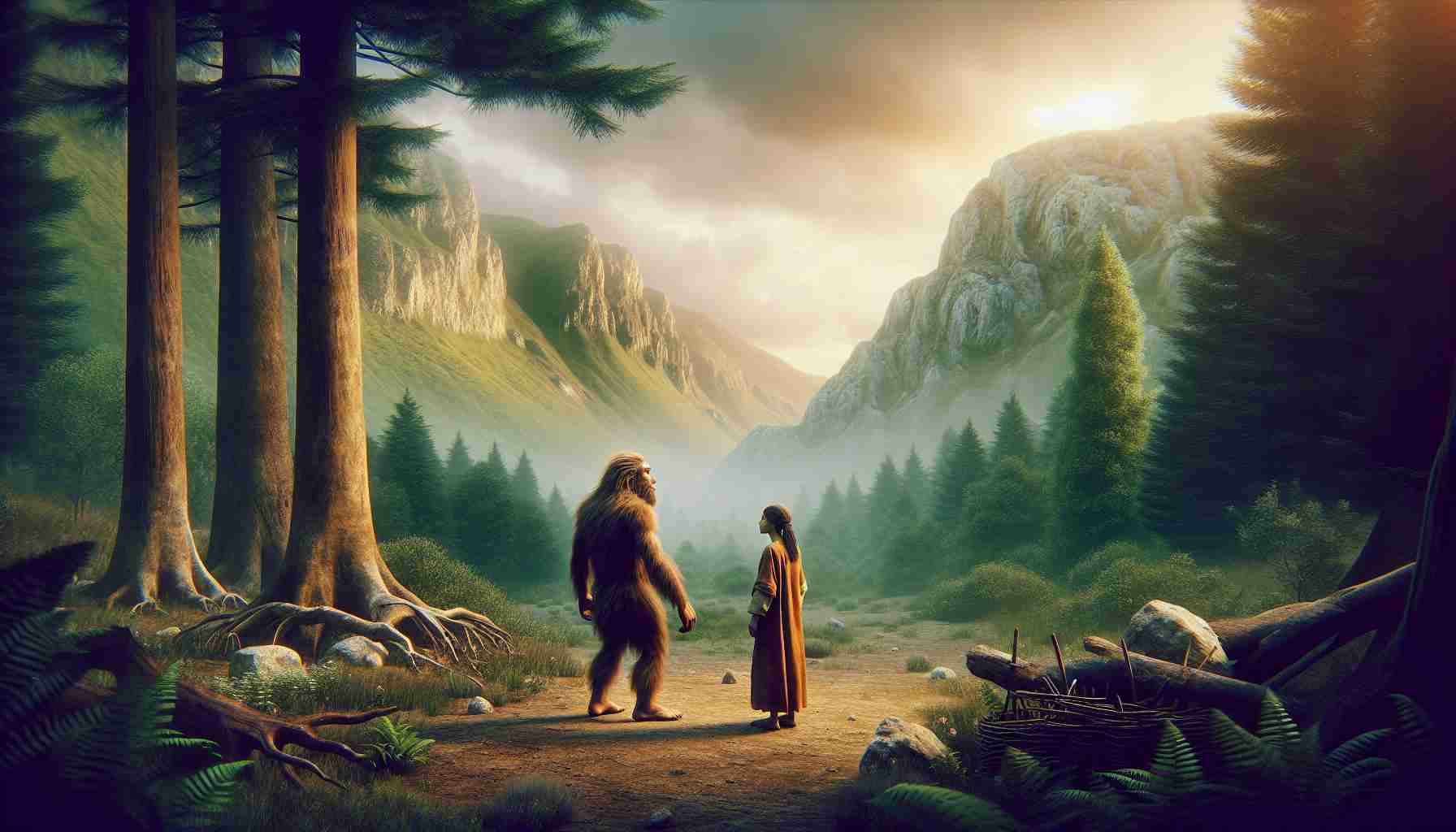
New findings in genetic research shed light on the deep connections between modern humans and Neanderthals, challenging previous understandings of our shared history. The discovery of a more intertwined relationship between Neanderthals, Denisovans, and modern humans suggests a complex narrative of assimilation and interaction among these ancient hominins.
Recent advancements in genetic analysis, overseen by Joshua Akey, a leading geneticist at Princeton University, along with a team of experts, have uncovered multiple instances of interbreeding between modern humans and Neanderthals over a span of 200,000 years. These revelations point to a continuous exchange of genetic material and a much closer relationship between the two groups than previously imagined.
Contrary to earlier theories that proposed a static human migration pattern, the new research highlights a dynamic history of movement and encounter between modern humans and their Neanderthal counterparts. The study’s innovative approach, utilizing a genetic tool known as IBDmix, has revealed distinct waves of contact at different points in history — emphasizing the fluidity and complexity of human dispersion across regions.
By examining the genomes of living humans, Neanderthals, and Denisovans, Akey and his team have revised existing models of human evolution, challenging traditional narratives and underscoring the significance of genetic intermingling in shaping our species’ genetic landscape.
Exploring Deeper into the Shared History of Modern Humans and Neanderthals
While the previous article touched on the significant discoveries in genetic research concerning the intertwined relationship between modern humans and Neanderthals, there are more intriguing facts and questions that arise from unraveling our shared history with these ancient hominins.
Key Questions:
1. What Impact Did Interbreeding Have on the Genetic Diversity of Modern Humans?
– The interbreeding between modern humans and Neanderthals raises questions about the genetic diversity and adaptability of our species. Understanding the specific genetic contributions from Neanderthals and Denisovans can provide insights into how these interactions influenced human traits and susceptibility to diseases.
2. What Were the Social Dynamics Between Neanderthals and Modern Humans?
– Exploring beyond genetic interactions, the social dynamics, communication methods, and potential cultural exchange between Neanderthals and modern humans remain intriguing areas of study. Unraveling these aspects can offer a richer understanding of the relationships between these different hominin groups.
Key Challenges and Controversies:
1. Integrating Archaeological and Genetic Evidence:
– One key challenge is integrating archaeological findings with genetic data to paint a comprehensive picture of the interactions between modern humans and Neanderthals. The interdisciplinary nature of this research requires collaboration between geneticists, archaeologists, anthropologists, and other experts.
2. Ethical Considerations in Genetic Research:
– The study of ancient DNA raises ethical considerations regarding sample collection, ownership, and the potential implications of genetic discoveries. Balancing scientific advancement with respect for the dignity and rights of indigenous communities and descendants of early human populations is crucial.
Advantages and Disadvantages:
Advantages:
– Refined Understanding of Human Evolution: By delving into the genetic connections between modern humans and Neanderthals, researchers can refine existing models of human evolution and migration patterns.
– Insights into Adaptation and Resilience: Studying genetic intermingling offers insights into how past interactions with other hominin species may have contributed to human adaptation and resilience in different environments.
Disadvantages:
– Fragmentary Nature of Evidence: Due to the fragmentary nature of ancient DNA and the challenges of interpreting archaeological records, constructing a coherent narrative of human-Neanderthal interactions can be difficult.
– Limited Scope of Analysis: The focus on genetic data may overlook other aspects of the shared history between modern humans and Neanderthals, potentially missing out on crucial insights from behavioral or environmental perspectives.
For further exploration on the topic of human-Neanderthal interactions, visit the National Geographic website for in-depth articles and resources related to paleoanthropology and human evolution.



